Chris Finnegan, Untitled (2006)
Finnegan is an artist living and working in Dublin, Ireland.
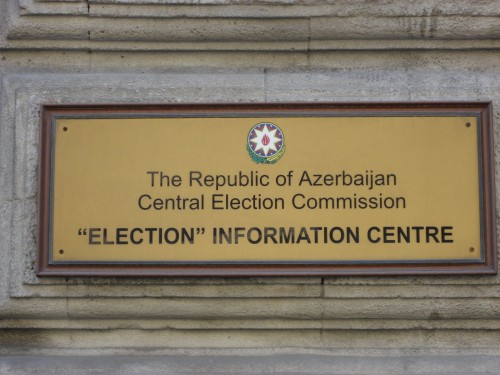
All of these pictures were found on the “blog” of “unnecessary” quotation marks. Go “see” more yourself!
Watch the top right surveillance screen.
This is sped-up footage of mr. Nicholas White trapped in an elevator in the McGraw-Hill Building for 41 hours, after having a cigarette for lunch outside.
The story and some more facts about elevators, as featured in the New Yorker, here.
During the etching process five keys are submerged in an etching solution. From time to time one of the objects is removed from the solution, until finally a small unrecognisable shape was left over.
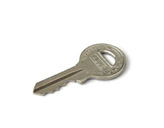
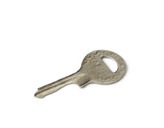
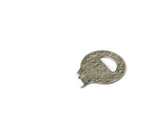
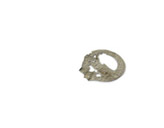
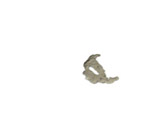
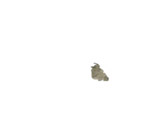
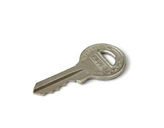
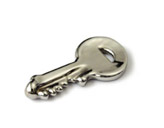
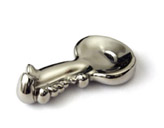
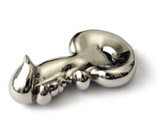
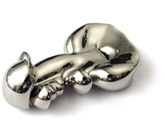
During the galvanisation process, metal atoms from a copper sulphate solution are deposited onto the objects by means of electrolysis. Just like during the etching process, four keys have been subject to the chemical process for an increasing period of time.
Driessens & Verstappen, ‘Morphoteque #13’ (2003)
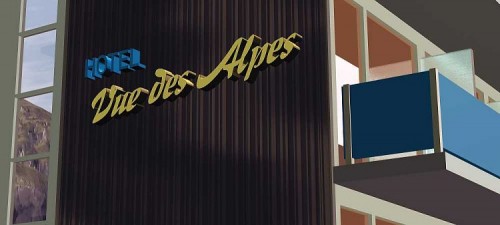
‘Hotel Vue des Alpes’ is a fictional, hotel, accessable only through the internet. Visitors can log in to the website, book a room and walk around to enjoy the scenery. You can stay there for a few days (short stay only)… The view from the rooms is breathtaking!
It is a project by Monica Studer and Christoph van den Berg
Ferdinand Cheval’s ideal castle
Ferdinand ‘Postman’ Cheval’s ‘ideal castle’.
Cheval began the building in April 1879. He claimed that he had tripped on a stone and was inspired by its shape. He returned to the same spot the next day and started collecting stones.
For the next 33 years, during his daily mail route, Cheval carried stones from his delivery rounds and at home used them to build his Palais idéal, the Ideal Palace. First he carried the stones in his pockets, then a basket and eventually a wheelbarrow. He often worked at night, by the light of an oil lamp.
Cheval spent the first two decades building the outer walls. The Palace is a mix of different styles with inspirations from the Bible to Hindu mythology. Cheval bound the stones together with lime, mortar and cement.
More after the jump.
Read More »